Author: Jason Cipriani
I’ve been brewing for over 4 years now, started off making 5 gallon extract batches on the kitchen stove, a process that took around 3 hours start to finish, before eventually converting to all grain and accepting my brew days would take doubly as long. At times, this feels like a burden, an admittedly self-serving activity that cuts into time otherwise spent on family or work. While the break and cadence of a brew day is usually relaxing, the thought of being able to pump out a tasty beer in half the normal time is very enticing.
Prior to my introduction to the delicious world of craft beer, my go-to swill of choice came in a shiny silver can with mountains that weren’t yet able to tell me whether the liquid inside was cold enough for consumption. Super pale, super fizzy, and super cheap, the Light/Lite beers of Budweiser, Miller, and Coors held permanent residence in my refrigerator. Eventually, right around when I started homebrewing, I adopted the common perspective that such beers weren’t worth my time because of their generally boring character and the fact they’re produced by Satan. However, my opinions on such styles are shifting, not so much about those produced by huge conglomerate breweries, but rather I’ve come to appreciate the style for what it is intended to be– light, crisp, simple, and supremely crushable.
For the first official Short & Shoddy brew, I tackled an American Light Lager, a style believed by many to require the deftest touch and precise methodology. The BJCP Style Guidelines describes American Light Lager as being a “highly carbonated, very light-bodied, nearly flavorless lager designed to be consumed very cold,” all of which would make hiding any flaws very difficult.
| BREWING THE BEER |
With what we know about Big Beer using rice and/or corn to guarantee a crisp and deliciously flavorless light lager, my recipe included a good portion of both as well as just a single hop addition.
Short & Shoddy American Light Lager
Recipe Details
| Batch Size | Boil Time | IBU | SRM | Est. OG | Est. FG | ABV |
|---|---|---|---|---|---|---|
| 5.5 gal | 20 min | 9.8 IBUs | 3.0 SRM | 1.034 | 1.005 | 3.7 % |
| Actuals | 1.034 | 1.006 | 3.7 % | |||
Fermentables
| Name | Amount | % |
|---|---|---|
| Pale Malt (2 Row) US | 7 lbs | 70 |
| Rice, Flaked | 2 lbs | 20 |
| Maize, Flaked (Thomas Fawcett) | 1 lbs | 10 |
Hops
| Name | Amount | Time | Use | Form | Alpha % |
|---|---|---|---|---|---|
| Hersbrucker | 57 g | 20 min | First Wort | Pellet | 2.1 |
Yeast
| Name | Lab | Attenuation | Temperature |
|---|---|---|---|
| American Lager Yeast (WLP840) | White Labs | 78% | 50°F - 55°F |
Download
| Download this recipe's BeerXML file |
Knowing I had a short window of time on a Sunday morning to brew, I collected my full volume of brewing liquor the night before, dosing it with Campden to clear up any chloramine present in my local water– we’re going for shoddy here, not shitty.
At 9:00 AM the next day, I began heating the full volume of water to the strike temperature given by BeerSmith then measured out and milled the grains directly into a BIAB bag.
It took 21 minutes for the water to reach strike temperature, at which point I dropped the bag of grains into the water, stirred to ensure no dough balls, then checked the mash temperature. I slightly overshot my target of 148°F/64°C, but not by enough for me to care, plus it dropped after a few minutes anyway.
I usually let the mash rest for 10 minutes before recirculating to let the grain bed settle, but I skipped this step on this occasion and immediately turned the pump on. Halfway through the 20 minute mash step, I took pH reading that revealed I was a bit higher than ideal, no surprise since I neglected adjusting my water profile.
When the mash timer went off, the sweet wort was pumped from my MLT into a keggle, which already held the single hop addition, then I lit the flame on my burner and brought the wort up to a boil.
Once the 20 minute boil was complete, the wort was run through my plate chiller.
I transferred 5.5 gallons/21 liters of wort to a sanitized Brew Bucket, which I connected to my chilling unit set to my target fermentation temperature of 66°F/19°C, quite a bit higher than one might expect for the style.
I stole 600 mL of wort from the fermentor for a vitality starter, pitching a vial of WLP840 American Lager yeast before placing the flask on a stir plate where it would remain for 4 hours.
Finally, I took a hydrometer measurement that showed the wort was at 1.034 OG for an efficiency of 53%, slightly lower than I expected, but still solidly within range for the style
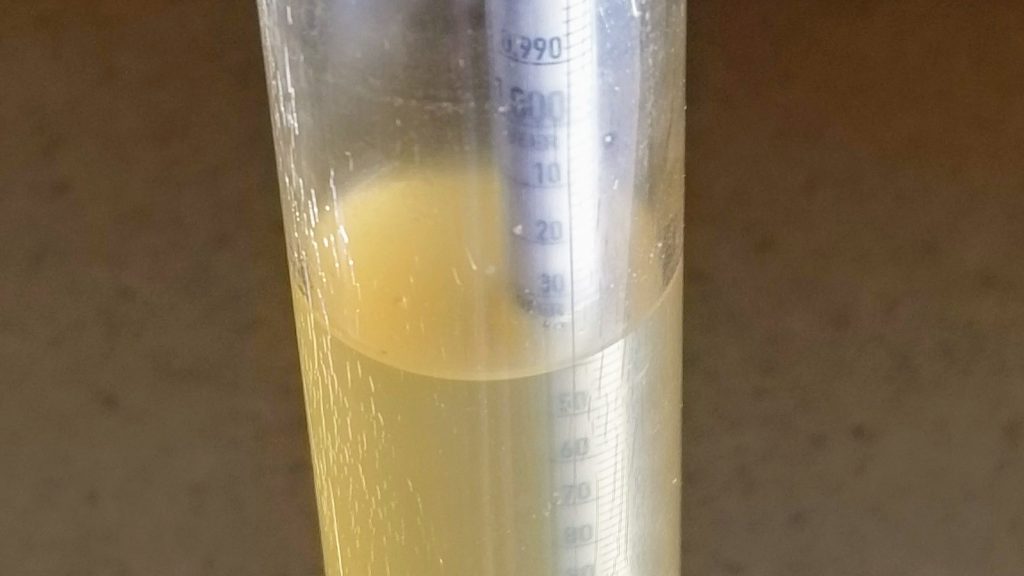
It was 10:45 AM at this point, just under two hours after I began. Even including the 20 or so minutes I spent cleaning up, this was easily the quickest brew day of my life.
I returned 4 hours later to pitch the vitality starter and noticed the wort had stabilized at my way-too-warm-for-lager fermentation temperature of 66°F/19°C. Returning the following morning, I noticed steady airlock activity indicating fermentation had kicked off. At 5 days post-pitch, I took a preliminary hydrometer measurement that matched another measurement taken 2 days later, indicating FG was reached.
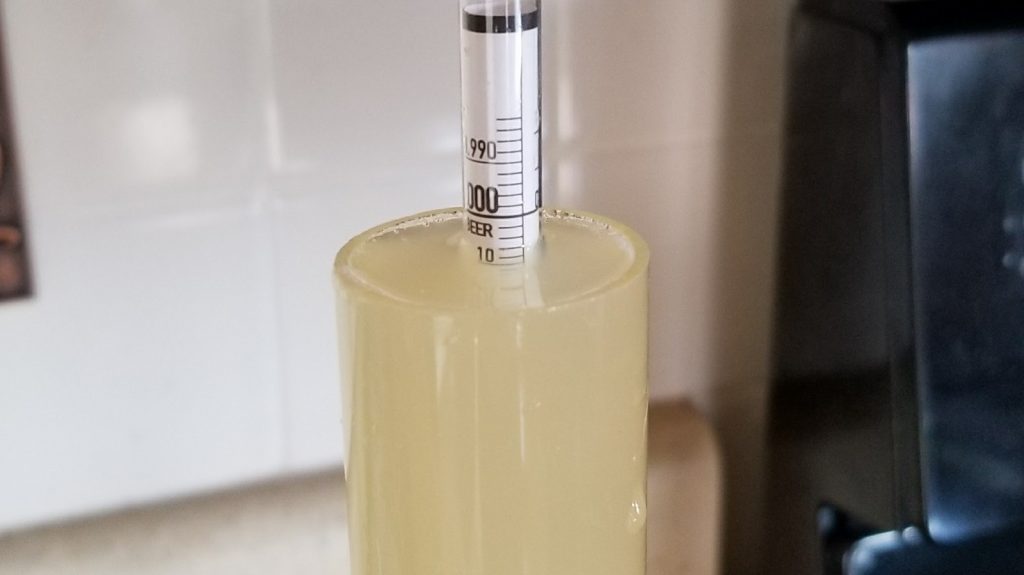
The beer was then cold crashed and fined it with gelatin before being kegged. I placed the filled keg in my keezer where it was burst carbonated at 50 psi for 18 hours, after which I reduced the CO2 to 13 psi for serving. I began serving my American Light Lager after 4 days of conditioning, just 14 days after it was brewed.
| METHOD |
Participants, all blind to the brewing methods used, were served samples of the beer in standard clear taster glasses then asked to focus on its appearance, aroma, flavor, and mouthfeel. Each participant completed a brief survey in a relatively quiet setting after being instructed not to interact with others while evaluating the beer.
| RESULTS |
A total of 13 people of various levels of experience participated in this Short & Shoddy evaluation. Participants were first asked to write-in the style they believed the beer to be based on their perception.
Tasters were then instructed to rate how hoppy, malty, and dry they perceived the beer to be on a 0-5 scale where a rating of 0 indicated “not at all” and 5 indicated “extremely;” these ratings were then averaged.
Tasters were provided a list of common hop, malt, and yeast characteristics then instructed to select from each the one they perceived as being strongest in the beer.
Hop Characteristics
Malt Characteristics
Yeast Characteristics
Next, participants were asked to indicate whether or not they detected any off-flavors in the beer; those who did were provided a list of common off-flavors and instructed to select the one they perceived as being strongest. Out of the 13 participants, 8 felt the beer possessed no off-flavors. Of the 5 who did perceive off-flavors, 3 detected astringency, 1 picked up acetaldehyde, and 1 noted diacetyl in the beer.
Tasters were then asked to rate how much they enjoyed the beer on a 0-5 scale where 0 indicated they hated it and 5 indicated they loved it.
Finally, the beer style was revealed to participants and they were asked to rate how representative it was on a 0-5 scale where 0 meant “not at all” and 5 meant “extremely.”
My Impressions: After pulling my first clear, carbonated sample of this beer, I was briefly transported back to my college days when I used to live off of light lager. The hop presence was minimal, as expected, the malt was very subtle, as expected, and other than a slight bite from the high carbonation, there was little in the way of mouthfeel… as expected. Similar to some commonly available commercial light lagers, I did pick up a touch of apple in the aroma, totally inoffensive. This was one of the most flavorful flavorless beers I’ve had in some time, I definitely had no issue knocking back a few pints per sitting!
| CONCLUSION |
Whether out of fear of producing bad beer or just classic appeal to authority, I’ve stuck to a fairly conservative brewing process involving methods that both require a decent investment in time and don’t venture too far outside of convention. When brewing a style like American Light Lager, that would typically mean a 6-7 hour brew day followed by an extended cool fermentation that would then be followed by a lagering period, ultimately requiring 6 or more weeks to go from grain to glass. In my mind, all of these steps were a requirement, which may explain why I was so skeptical about the outcome of this Short & Shoddy batch.
American Light Lager is a style known for basically being beer flavored water, so clean that any flaws in the brewing process would be glaringly obvious. The reduced mash time wasn’t terribly concerning to me, and while it did result in predictably poor efficiency, that was easy enough to adjust for. However, I fully expected the beer to be chock full of DMS due to the 20 minute boil, though not a single taster reported perceiving this oft-cited off-flavor. Similarly, the fact the beer was fermented with a traditional lager yeast strain at an ale temperature would lead many to presume it’d be a fruity bomb, yet only 4 tasters endorsed esters as being the most prominent fermentation characteristic.
This experience was nothing short of shocking for me. I tend to be a bit more critical of the quality of my beers than others, but even so, I thoroughly enjoyed this American Light Lager and would have no hesitation serving it to friends and family, especially those who aren’t on the craft beer wagon just yet. It may not be a perfect example of the style, but damn if it doesn’t hit the spot when sitting around and having a good time with friends!
A short story to finish. After I’d finished collecting data, I served this beer to a relative who dabbles in homebrewing. His brew days are long, excruciating sessions where he does everything “the way it’s supposed to be done.” Without knowing the style, he ribbed me a bit for “brewing a Bud Light.” I smiled and agreed it wasn’t a beer I typically brew. Then, on his second pint, I broke the news that the beer had been brewed in under 2 hours and that I broke a lot of rules in the process. After a brief pause, he commented, “Now that you mention it…” We had a good laugh and I left the growler for him to finish, which he was happy to do.
If you have thoughts about this Short & Shoddy brew, please feel free to share in the comments section below!
Support Brülosophy In Style!
All designs are available in various colors and sizes on Amazon!
Follow Brülosophy on:
FACEBOOK | TWITTER | INSTAGRAM
If you enjoy this stuff and feel compelled to support Brulosophy.com, please check out the Support Us page for details on how you can very easily do so. Thanks!


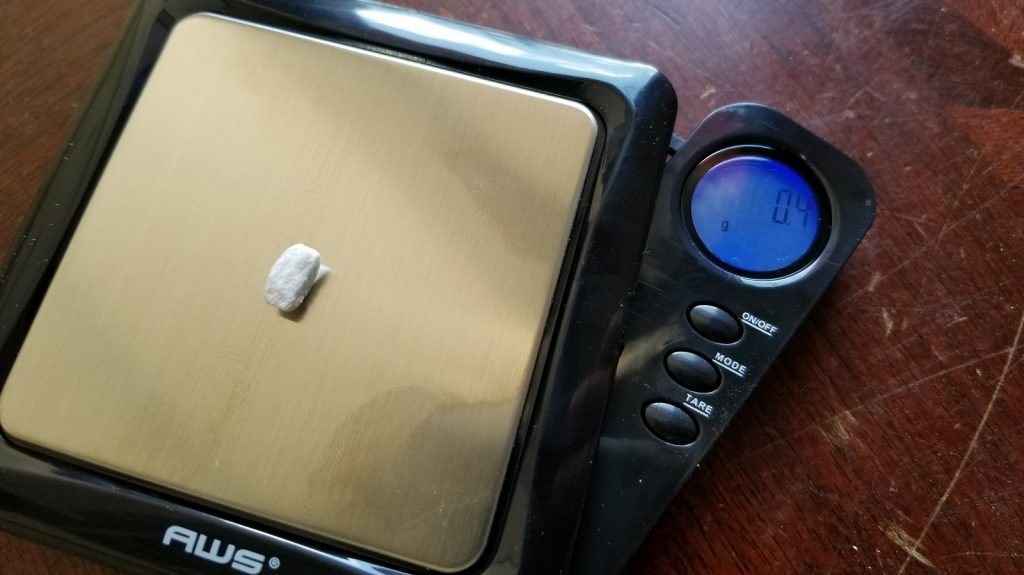
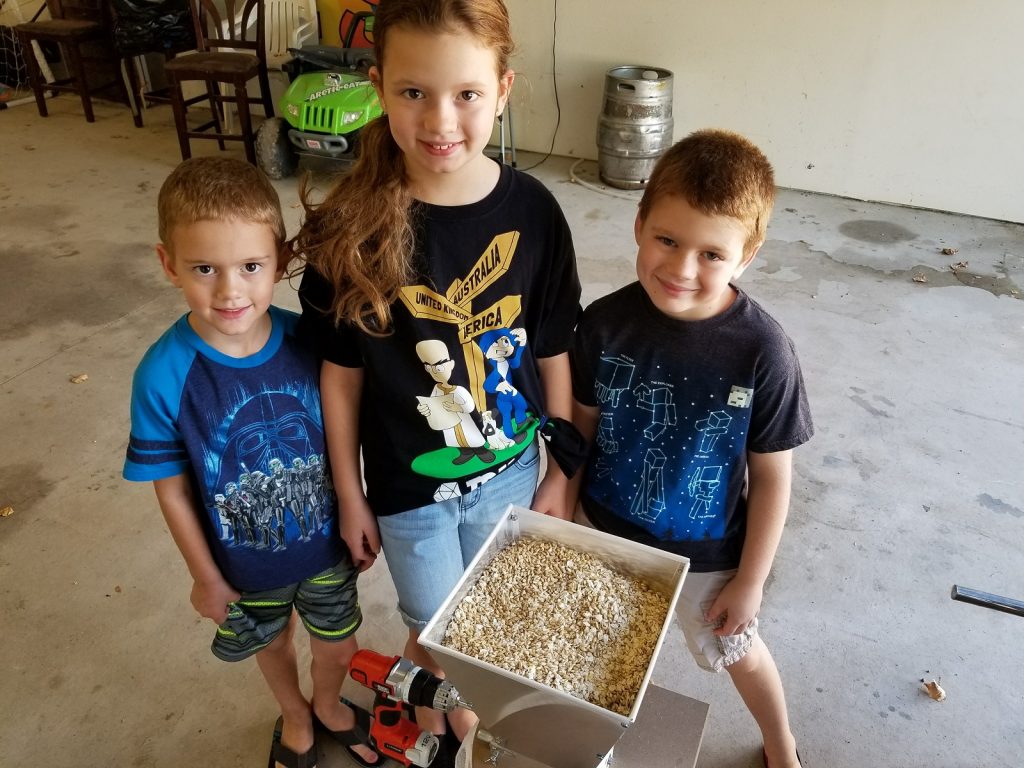
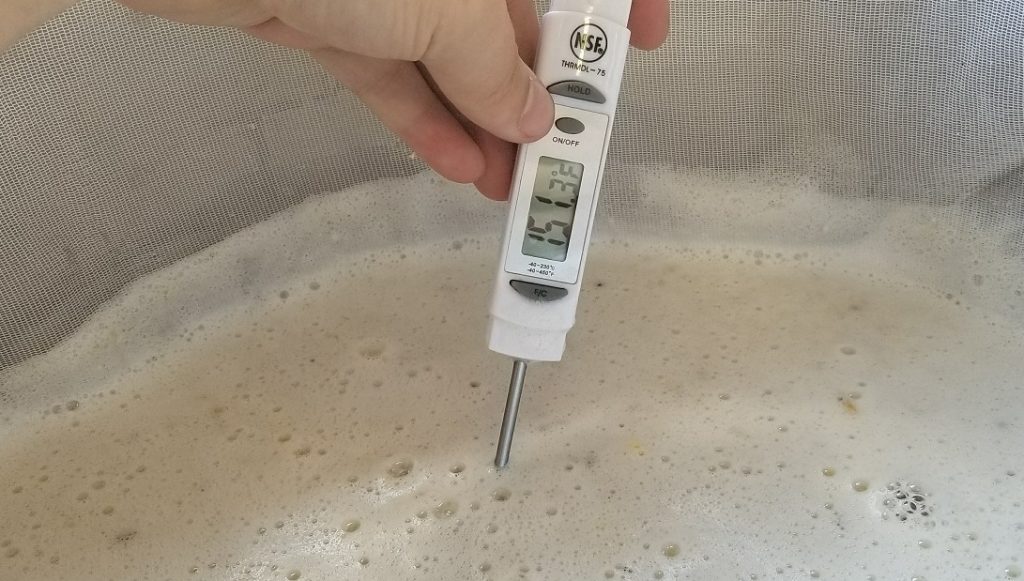
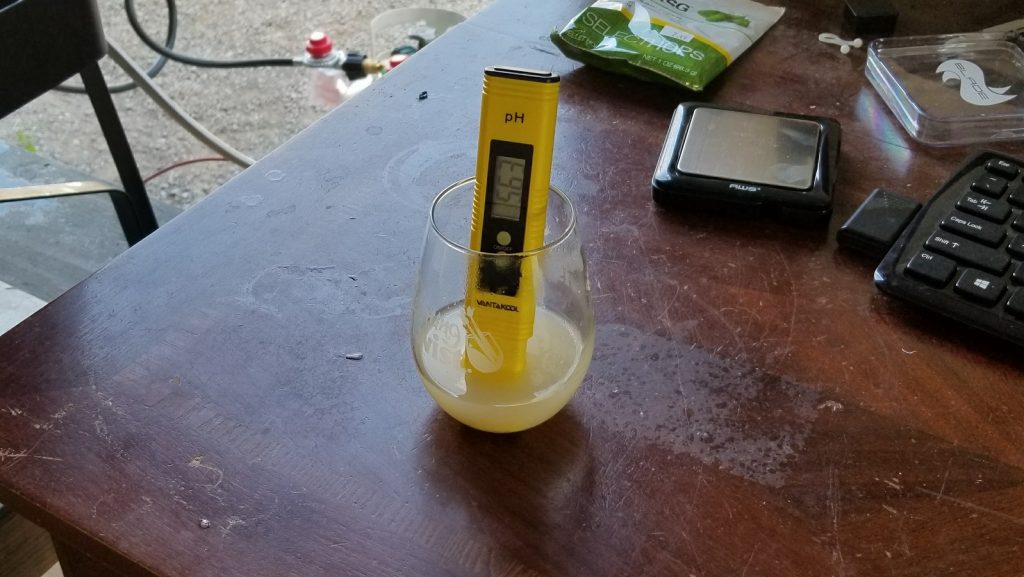
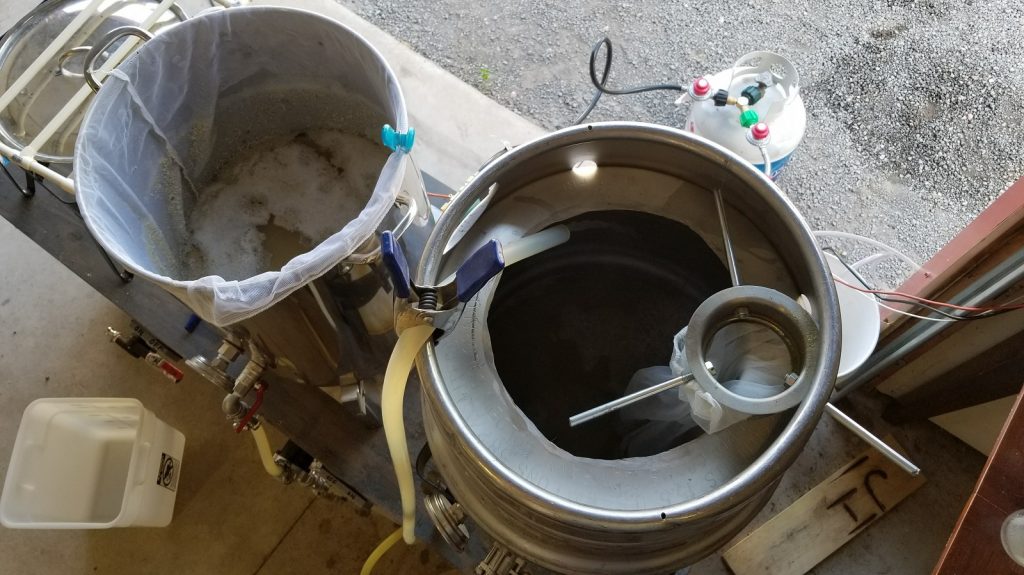
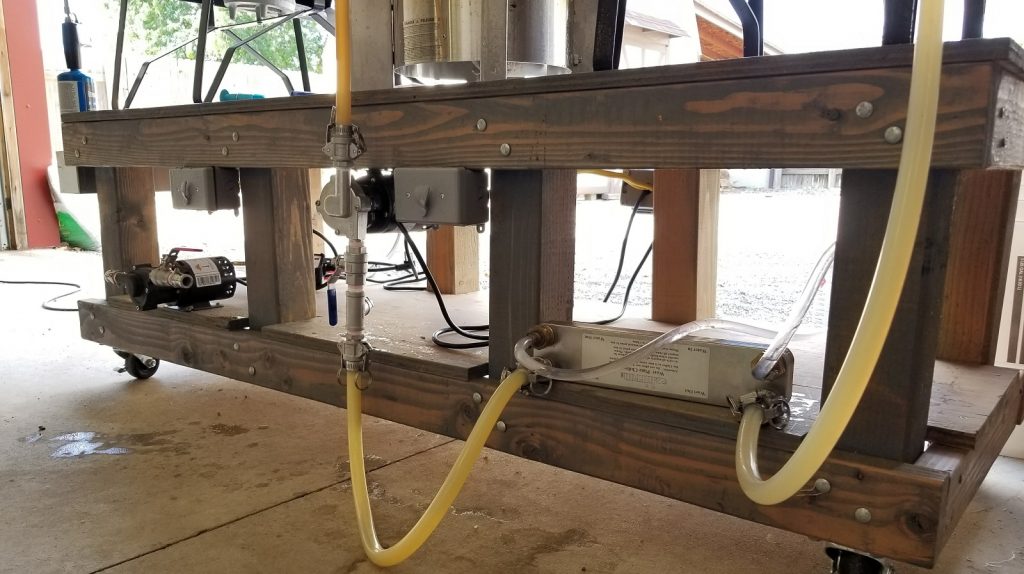
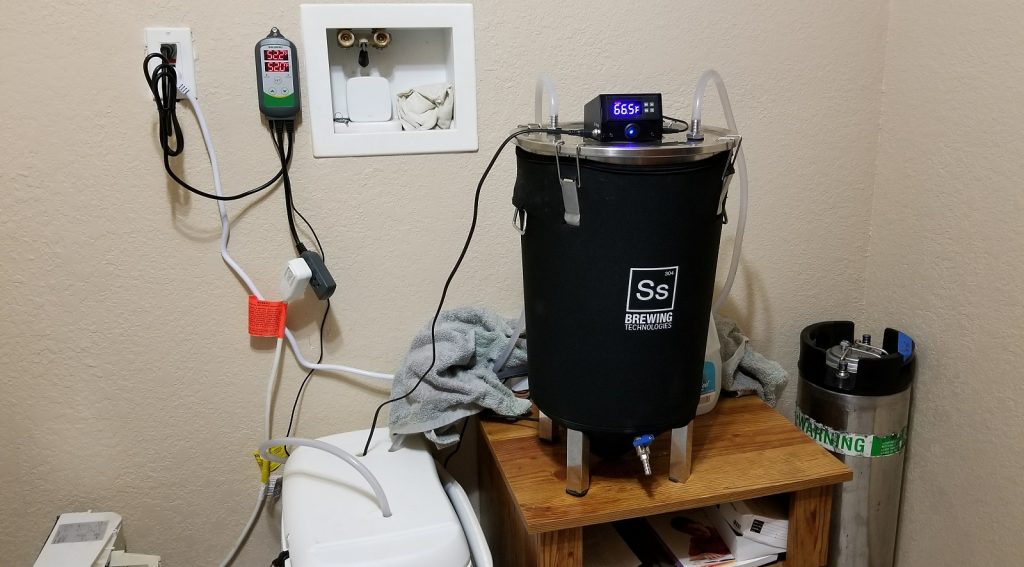
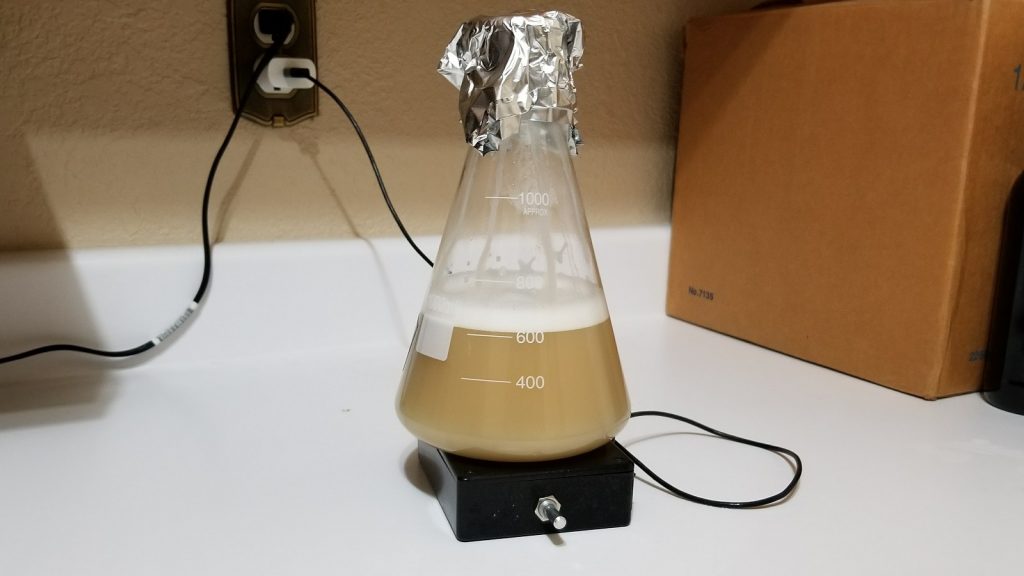
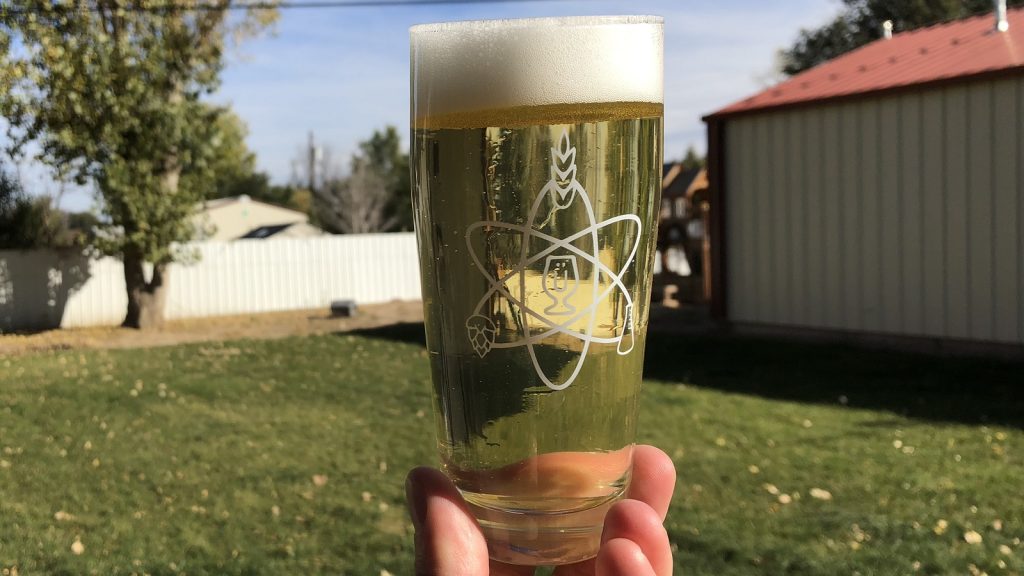
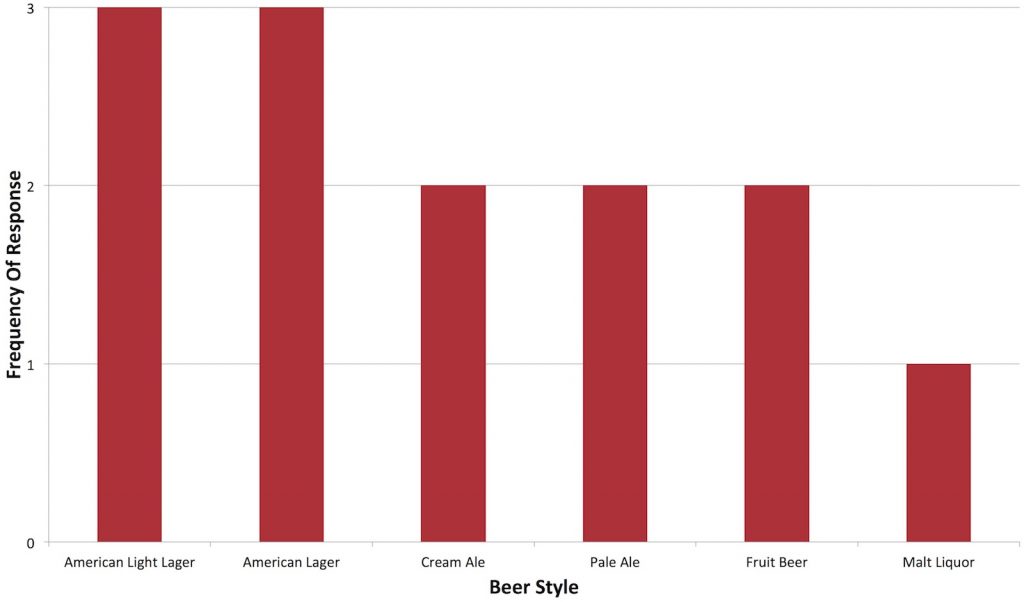
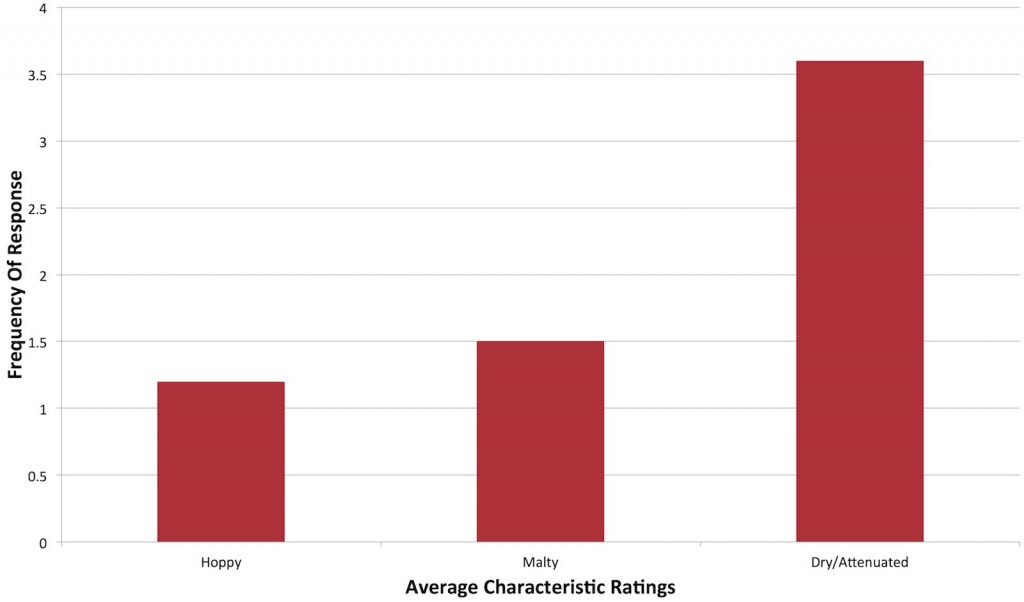
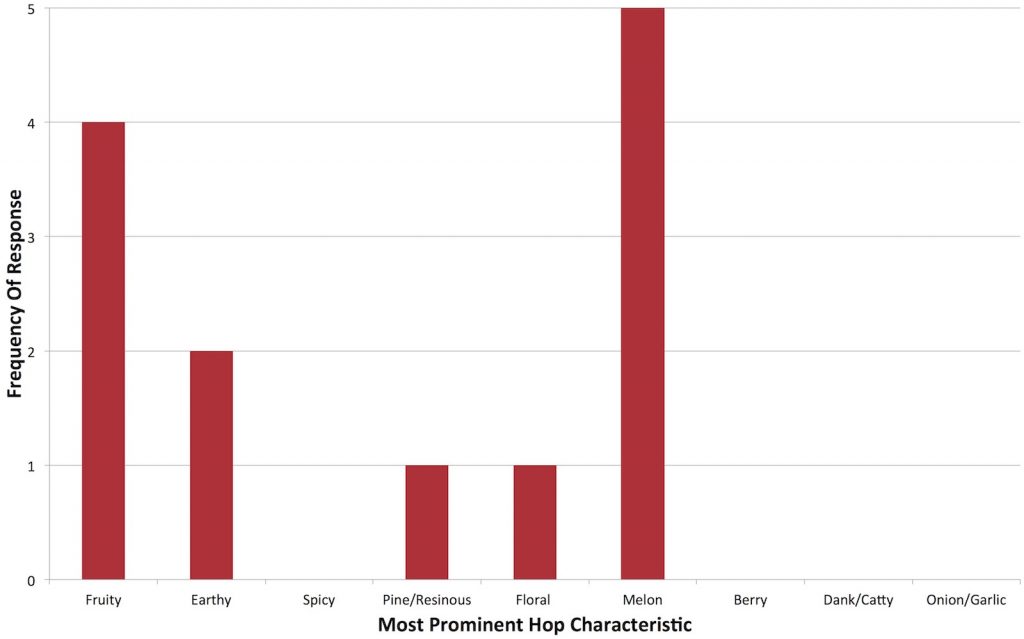
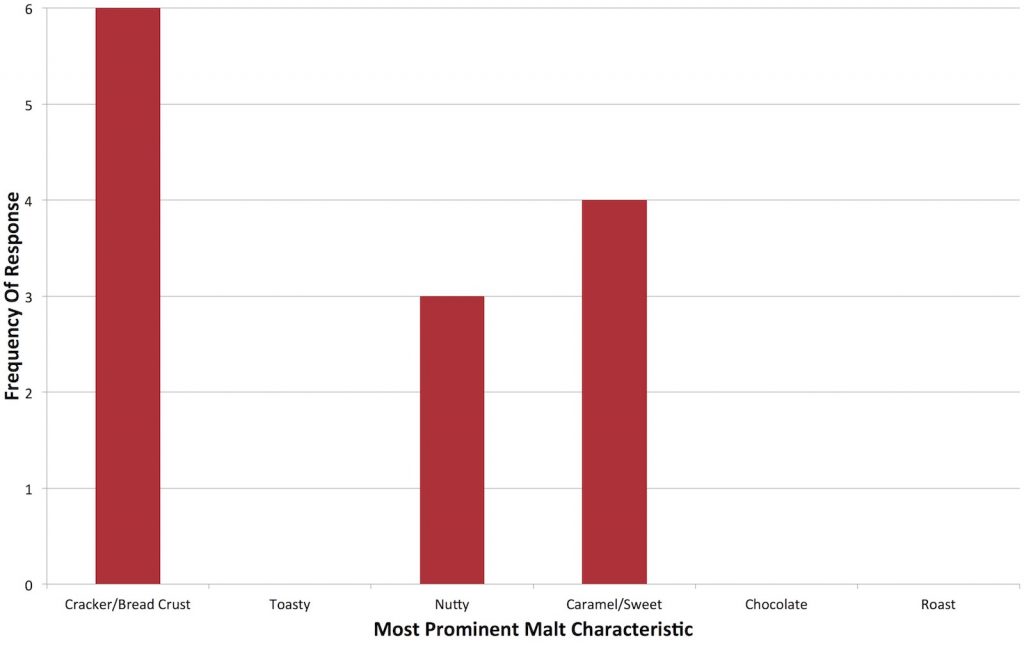
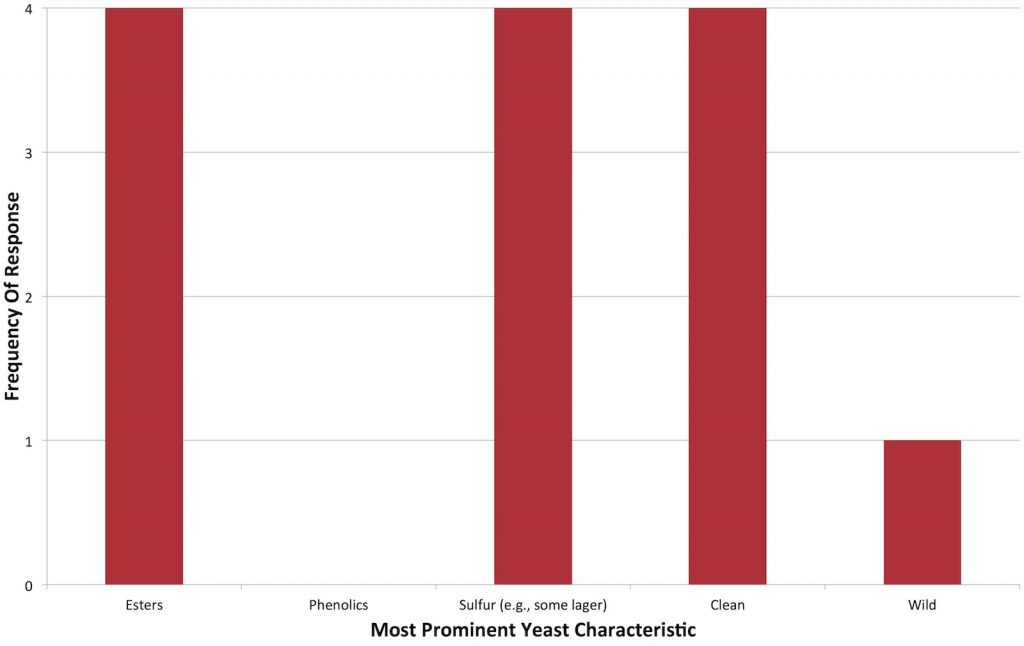
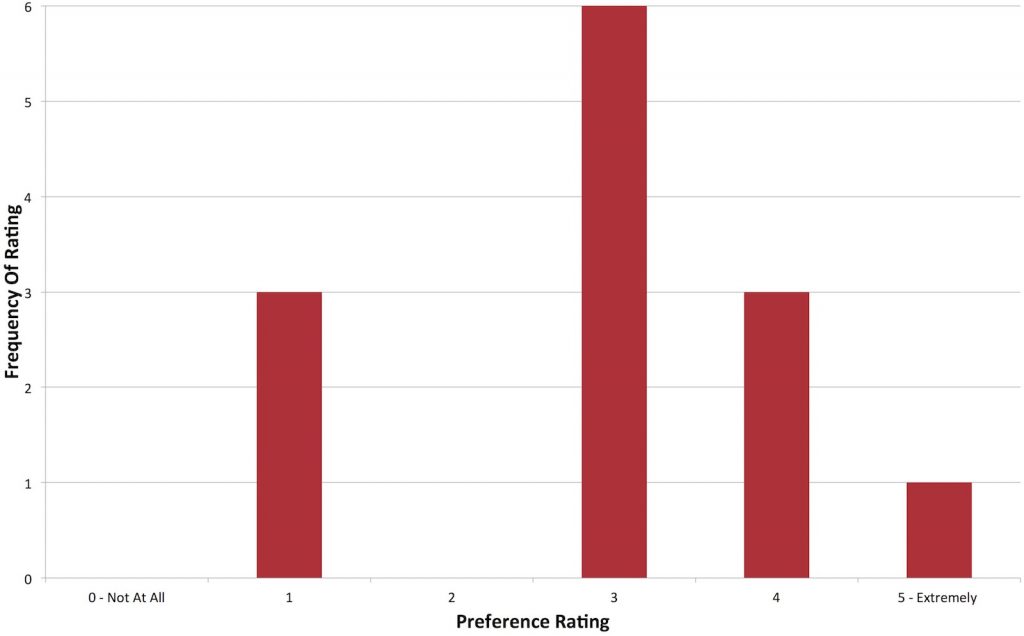
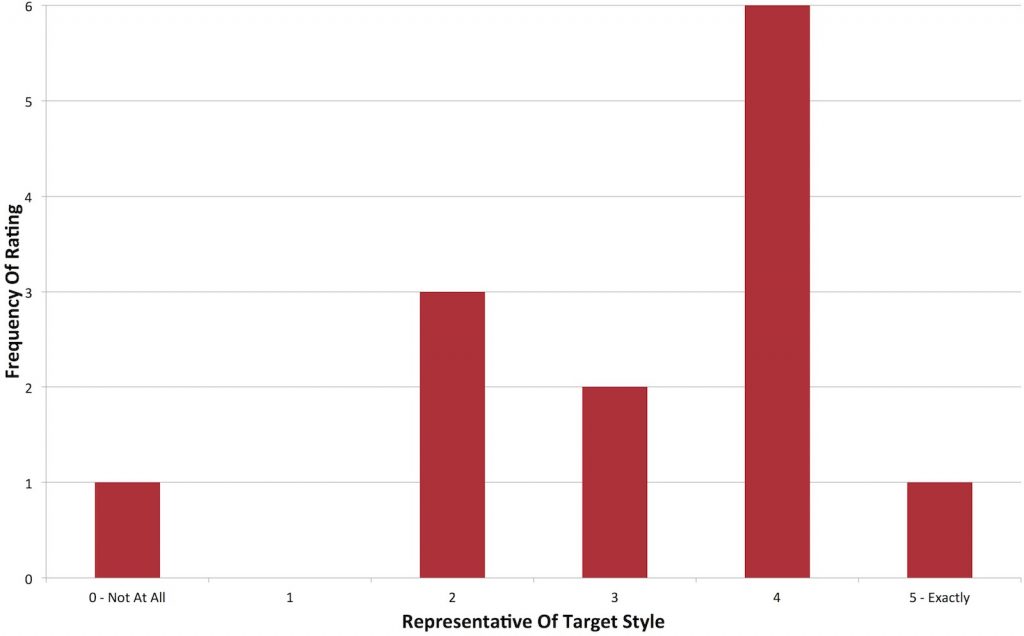











23 thoughts on “Short & Shoddy | American Light Lager”
Question – so where all the tasters participating in the experiment drinking it right at 14 days from brew date or where they spread out over the course of a few weeks?
I love the fact you challenge conventional brew wisdom and often find pretty delicious results! Beer can be forgiving at times yet also perplexing when you get an unexpected result!
Thanks for showing that all grain lagers dont necessarily take 2 months to brew!
Now get that beer into a competition and see how it does!
All data was collected on the same day during the same club meeting. This won’t always be the case, we usually collect data over a weekend.
Way cool. However, I am a bit concerned over your immortal soul as this process is clearly blasphemous.
May the beer Gods take mercy on my soul. Or something like that.
Nice to see more evidence that an extended brewday isn’t always needed to produce a quality beer. Just curious why the last few short and shoddy experiments haven’t been conducted as a comparison between side by side batches? Based on the tasting results, it’s probably safe to say it wouldn’t have generated statistically significant results, but a triangle test would be more conclusive.
Hello, nice beggining to this new serie.
I would like to know the participants perceptions based on their experience, could you write this in your next descriptions? For exemple, are the participant who perceived off flavors / esteres those with more experience? It would be clearer if we, readers, were able to tell if those participant are homebrewers, professionals, just beer drinkers, a certificated judge etc…
Thank you for sharing!
You repeated exactly what I did and experienced. My 24 year old son came to me and asked if I could brew a beer for their drinking games; basically a light american lager. I used it as an excuse to try short and shoddy brewing methods. Same experience; 2 hour brew day, lager at ale temperatures, drinking in 10 days. solid basic beer. I call it ‘Pong beer’.
I’m not convinced by the data that the warm lager fermentation has really worked. Fewer than half the tasters classed the beer as a lager, a 9 out 13 perceived fruity flavours of some kind in the hersbrucker hops. These should be spicy, so I think the fruit (and your report of apple) might be from fermenting warm. I reckon a cold fermentation would give a better lager. But even with a cold ferment, making a bland, characterless lager is difficult.
Thumbs up for the short brew day, all-grain brewing doesn’t have to be so complex.
Any chance fruit could come from high adjuncts as well? These would contribute very little FAN, so could cause the yeast to stress and produce more esters or acetaldehyde (not sure if the apple flavor referred to is this or not).
It’s possible. I specifically asked participants about acetaldehyde after data collection was complete and not one person said that it was the apple flavor. Personally, I think the apple flavor came from using WLP840, and the higher ferm temp. To be clear, it wasn’t overpowering. It was subtle.
Cool, thanks for clarifying.
First off, it’s good to have you on board as the newest contributor!
In regards to your ferm temp, did you stay at 66f the entire time before crashing? I
Thank you! I appreciate that.
Yes, the ferm temp stayed at 66*F until FG was reached.
“touch of apple”, “sulfur”–yeah, that’s the consensus on that yeast variety. And they protect it like it’s the family jewels.
Yep, if it’s the same strain as wyeast 2007 (bud yeast), it’s known for acetaldehyde, if I recall.
I googled to see if my memory was right. Actually, Mitch Steele commented on the Acetaldehyde levels in Bud, and said the flavor is actually something else. See the entry on Acetaldehyde in this blog post: http://hoptripper.com/what-is-quality/
My homebrew house recipe is a standard lager beer, and the number one thing I find improves it is lagering time, even after gelatin fining. For me, this seems to be related to astringency. I find that the new beer has a long lingering bitterness that seems to hit on the back of the tongue. After lagering for a couple of weeks, this flavor is gone, and there is a fine sediment on the bottom of the bottles. I find that if the sediment is stirred up, some of that lingering bitterness comes back to the beer.
I’m surprised that with mashing at such a high pH that you didn’t have an issue with mild astringency in this low FG beer. Did you ever compare it side by side with a macro brew? My understanding is that most macro breweries (even German breweries) fine with PVPP to reduce tannins prior to bottling.
I haven’t! But if that changes I’ll let you know.
Dang. I spend more than 2 hours in a brew day just waiting for water/wort to heat, then chilling it back down again.
I guess if I were to cut down mash and boil times, and let the sparge just gush out, maybe a couple hours (ish) could be saved? Hmmmm… 🤔
P.S. This whole ferment and crash warm for a lager has yet to work for me. It would be great though if it did.
I participated in a wort share of 100% pilsner malt. I showed up on the day to find that the wort had only been boiled for 15 minutes. After fermentation, corn city. It was not drinkable. I bubbled CO2 through it at 1 psi for a few minutes, and the corn noticeably faded. Interesting that a 20 minute boil got you no DMS
There are so many variables that I wonder if something besides boil duration might contribute to DMS when brewing with Pilsner.
FWIW, I recently brewed my own short and shoddy Munich Helles with just a 30 minute boil and there’s no hint of DMS to my palate.
I have only recently found your page (based on a basic brewing podcast plug) but what a joy to read through your experiments. Being fairly new to the home brewing hobby it is the “do it my way or your a jerk mentality” that sometimes turns me off. I understand there are folks that have spent years perfecting their processes, but these outside the box exercises are in my opinion why I enjoy the hobby so much. Stop and think what the world be would be like if no one ever said what if? thank you for these!
My son and I have made this twice- once without the rice (LHBS was out and subbed a pound of 2-row) and once as is. Both we’re some of the best beers we’ve made. Thank you so much for Short & Shoddy- we now make better all grain grain beer in less time than it used to take with extract. The fresh malt flavor is fantastic.